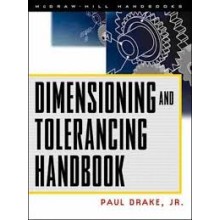Geometric Transformation
ISBN: 9780831130572
Author: Michael E. Mortenson
Dispatch Time: 2 - 3 Days
Quantity:
-
Add to Compare
Written specially for engineers and mathematicians working in computer graphics, geometric modeling, CAD/CAM, virtual reality, computational geometry, robotics, kinematics, or scientific visualisation, this text explores and develops the theory and application of transformations and gives the reader a full understanding of transformation theory, the role of invariants, the uses of various notations systems, and the relationships between transformations. It describes how geometric objects, or things represented as such, when subjected to mathematical operations called geometric transformations, may change position, orientation, or even shape even though the properties that characterize their geometric identityand integrity remain unchanged or invariant.
List of Symbols
Conventions
Preface
Acknowledgments
Chapter 1 : Geometry
Chapter 2 : Theory of Transformations
Chapter 3 : Vector Spaces
Chapter 4 : Rigid-Body Motion
Chapter 5 : Reflection and Symmetry
Chapter 6 : More Linear Transformations
Chapter 7 : Nonlinear Transformations
Answers
Bibliography
Index
Write a review
Your Name:Your Review: Note: HTML is not translated!
Rating: Bad Good
Enter the code in the box below:
Copyright © 2014 Engineering Standards Bureau. All Rights Reserved.
Developed By Zoom Into Web


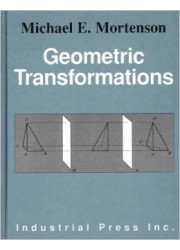

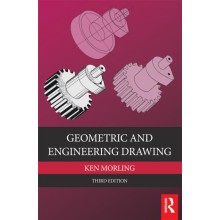

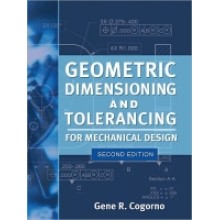
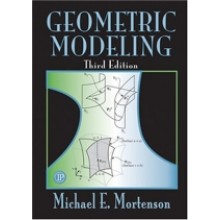
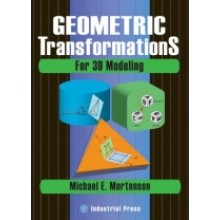
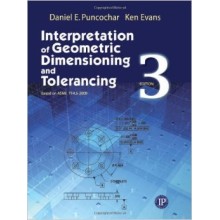
![Tolerance Stack-Up Analysis : [For Plus and Minus and Geometric Tolerancing], 2nd Edition](http://www.engineeringstandards.in/image/cache/data/Tolerance-220x220.jpg)
